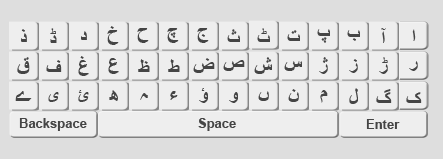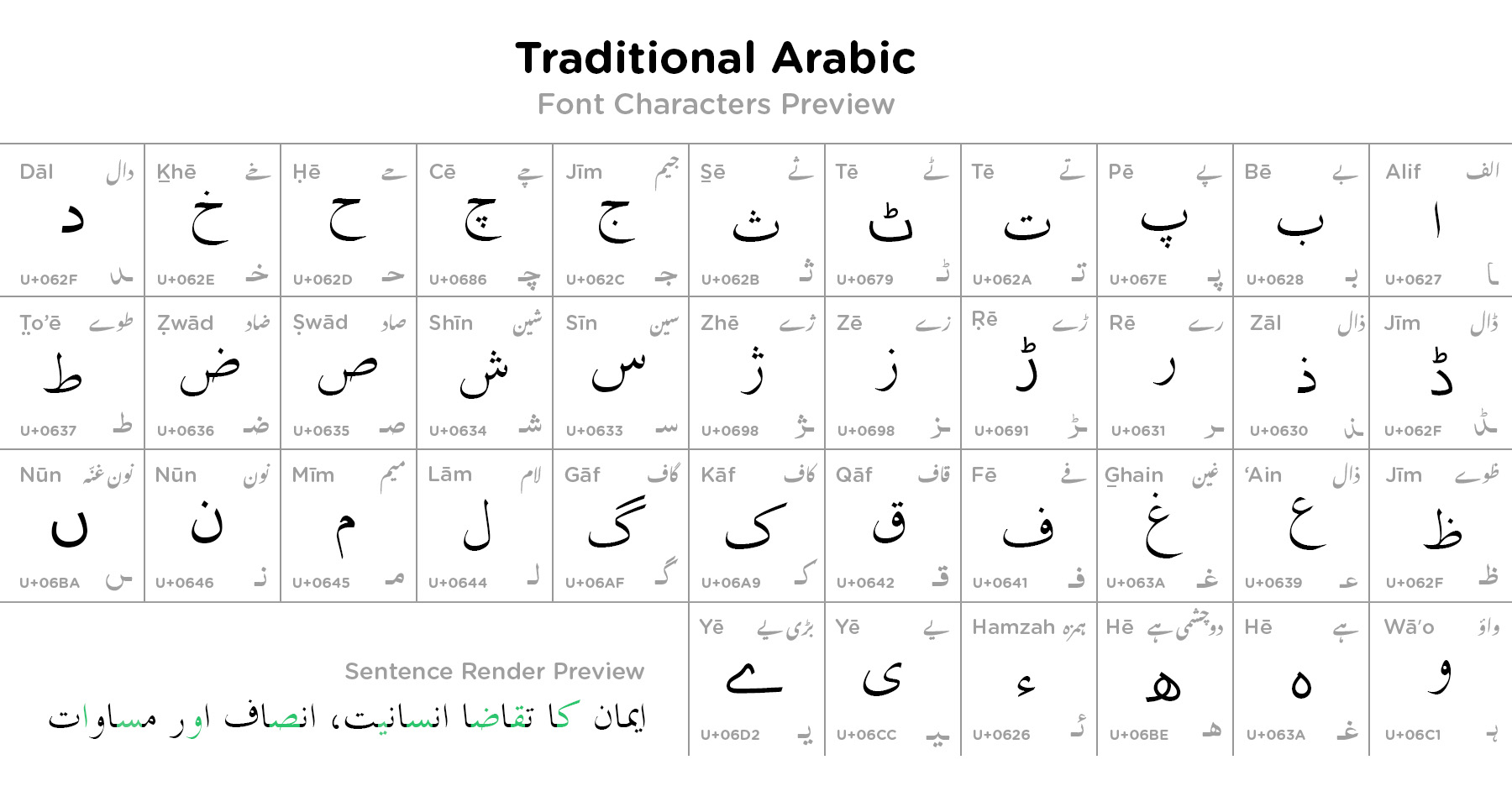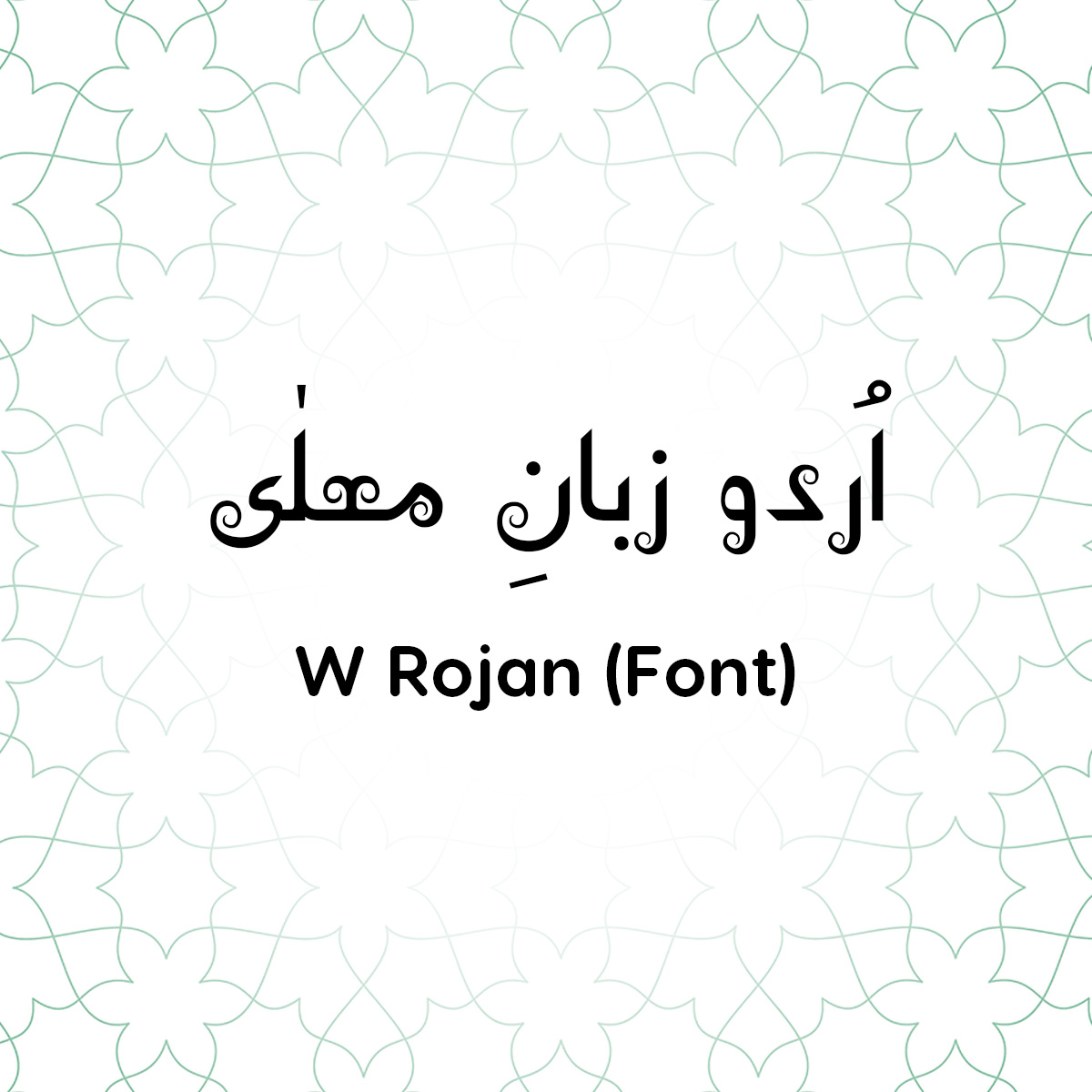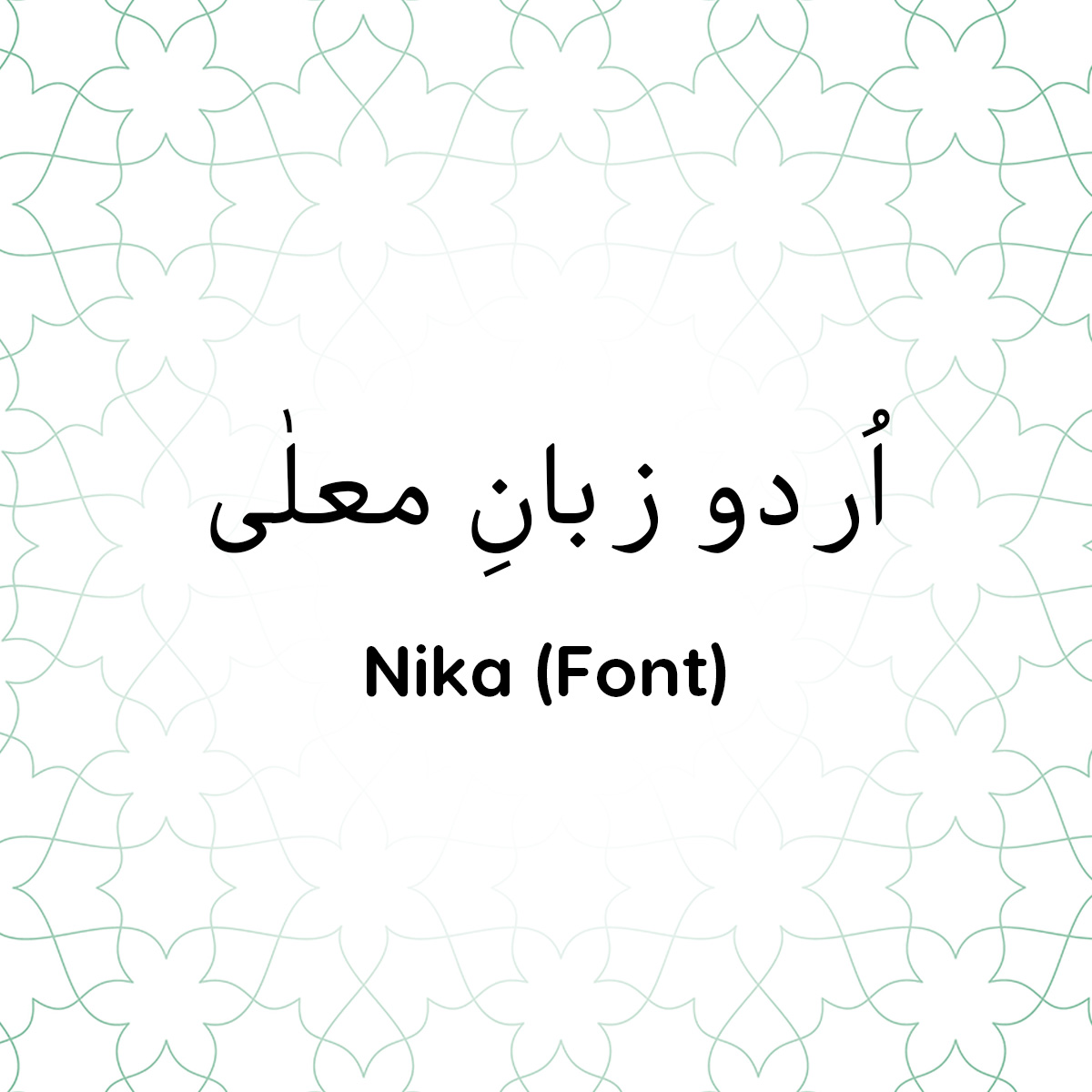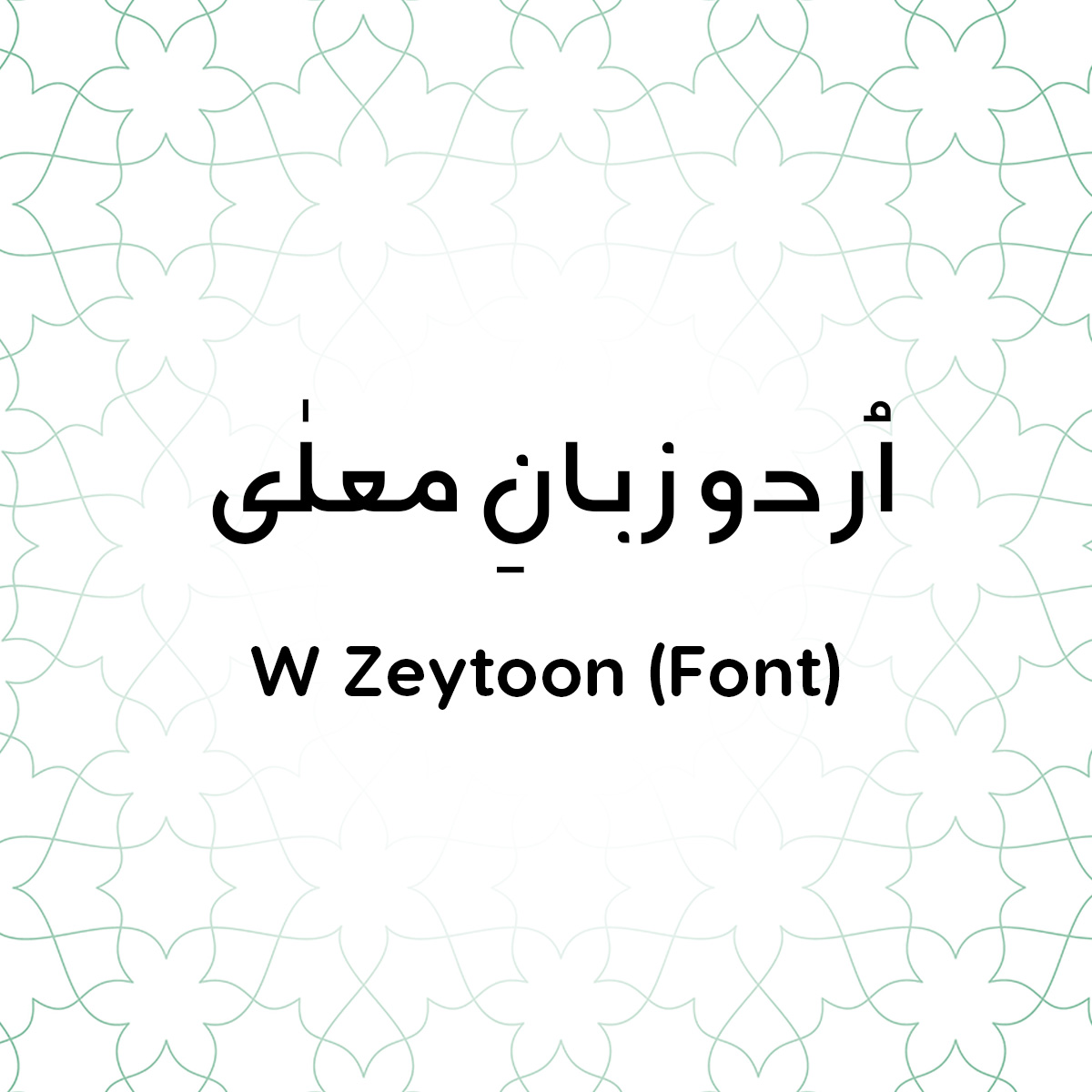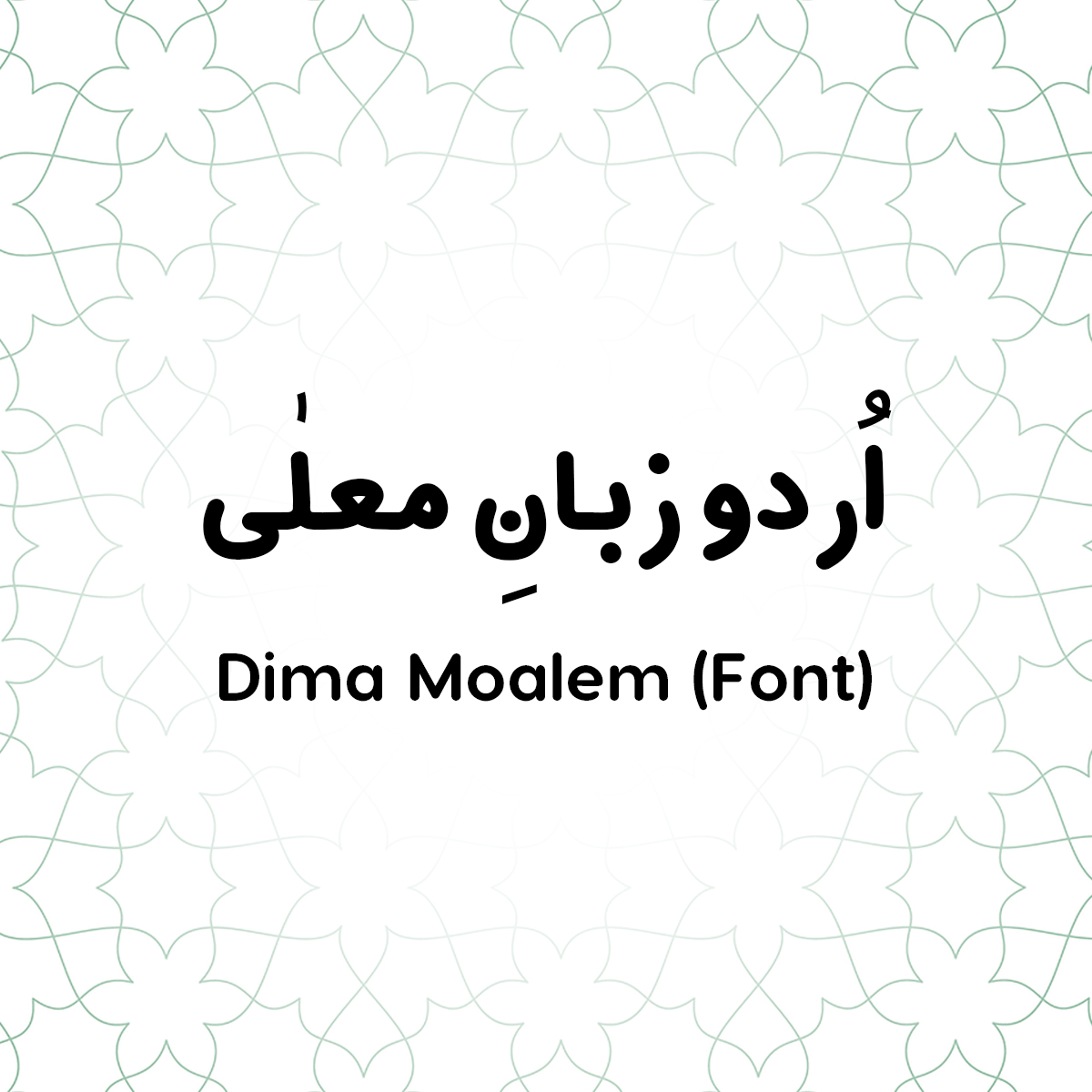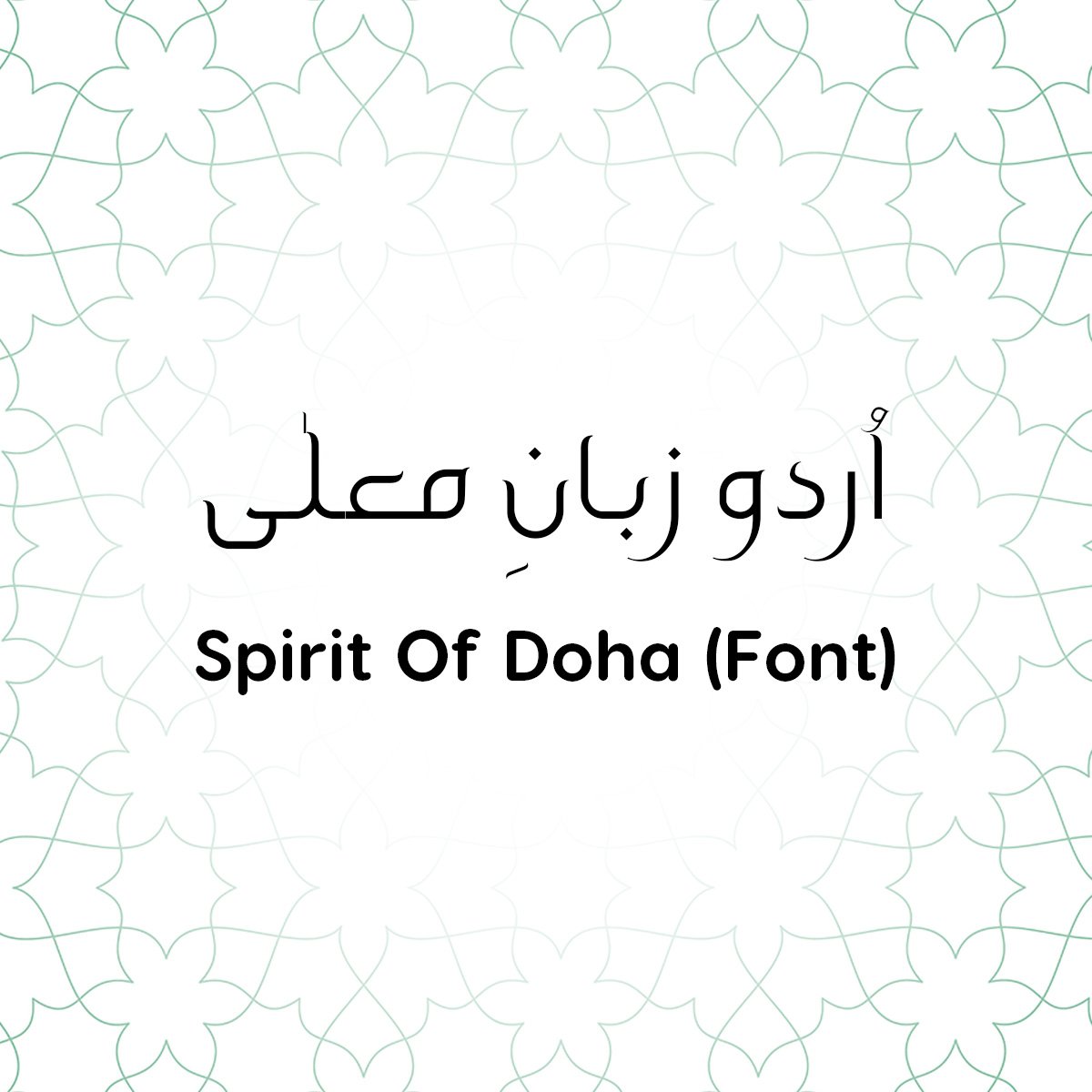Monotype originally created Traditional Arabic, an Arabic naskh-based typeface, as Series 589 in the spring of 1956. However, later, it was licensed by Compugraphic, which was founded in 1960. They revolutionized photocomposing and were later acquired by Agfa in 1988. The font had an interlocking sorting system that made it possible for the diacritical marks to appear correctly over the letters they changed. Although newspapers mostly used Linotype’s Simplified Arabic, or Yakout, typeface, Traditional Arabic became the font of choice for high-quality books.
The font is a modern take on the Naskh script, a popular calligraphic style in the Islamic world. It has angular letterforms, horizontal flow, and diacritics for pronunciation. The font simplifies letterforms, uses bold strokes, and limited embellishments for a modern look. It deviates from traditional Naskh with streamlined letters and a clean aesthetic. Plus, it has an extensive charset of 603 with a glyph count of 1094 and comes in 2 different weights, including:
- Traditional Arabic Bold
- Traditional Arabic Regular


